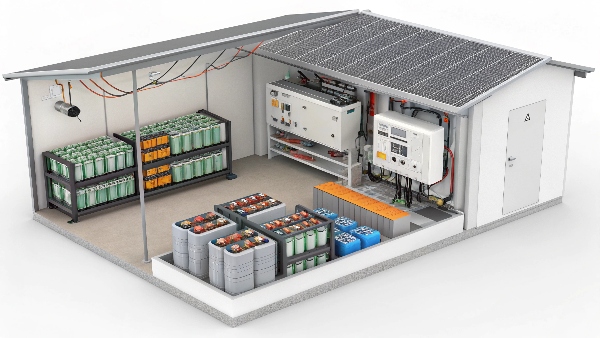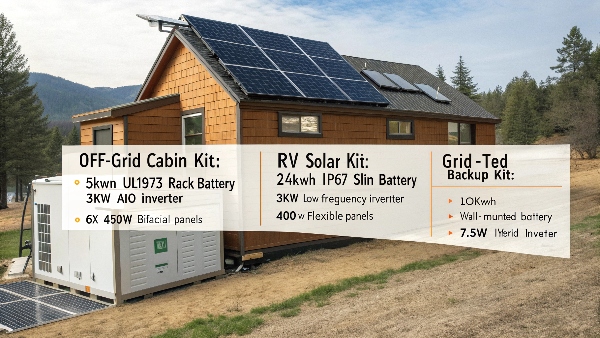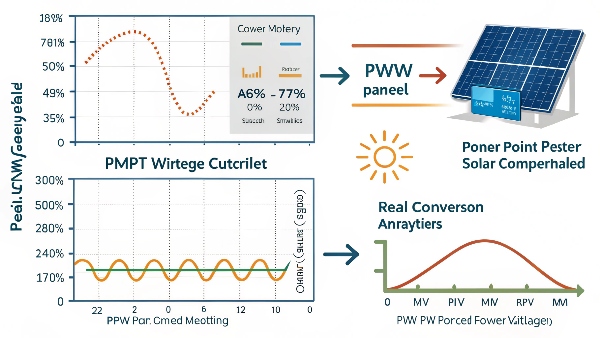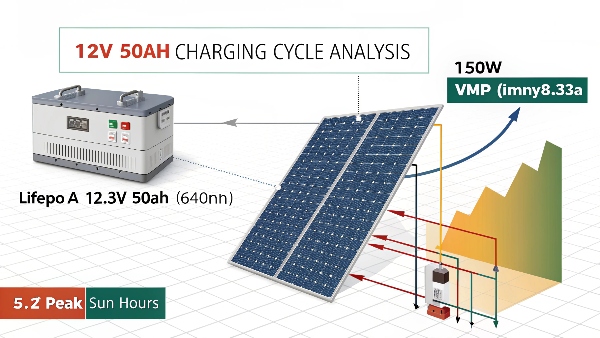Power outages and high electricity bills are frustrating problems. Want reliable energy storage for your solar system? Lithium solar batteries provide efficient, long-lasting power solutions.
Lithium solar batteries dominate the market due to their high efficiency (95-98%), long lifespan (2000-5000 cycles), and compact size. They outperform lead-acid batteries in every aspect for solar energy storage.

As a manufacturer with 12 years of OEM/ODM experience, I've seen solar systems evolve dramatically. Lithium batteries now power most new installations because of their clear advantages. Unlike older battery types, they store more energy in less space and last significantly longer.
Solar Kit Collection
Overwhelmed by solar component choices? Need a simple way to get started? Complete solar kits provide everything you need in one package.
Quality solar kits include lithium batteries, compatible inverters, charge controllers, and mounting hardware. These pre-matched components ensure system reliability and optimize performance.

Here's what you should know about solar kits:
Key Components in Quality Kits:
- Lithium Batteries: The energy storage foundation (typically LiFePO4)
- Solar Charge Controller: MPPT preferred for lithium batteries
- Pure Sine Wave Inverter: Converts DC to clean AC power
- Solar Panels: Sized appropriately for charging needs
- Monitoring System: Optional but recommended
Benefits of using complete kits:
- Pre-tested component compatibility
- Simplified installation process
- Balanced system design
- Single warranty coverage
We regularly manufacture lithium battery solutions1 for solar kit suppliers. Proper component matching2 is crucial - we've seen many failures from mismatched systems.
Can PWM controller work on lithium battery?
Charge controllers protect your investment. Are cheaper PWM controllers safe for lithium batteries? Here's what our experience shows.
PWM controllers can charge lithium batteries but inefficiently. MPPT controllers are strongly recommended as they extract 30% more solar power and provide proper lithium charging profiles.

Understanding charge controller differences is essential:
Controller Comparison Table:
| Feature | PWM Controller | MPPT Controller |
|---|---|---|
| Efficiency | 70-80% | 90-98% |
| Cost | Lower | Higher |
| Battery Match | Basic | Customizable |
| Voltage Match | Panel≈Battery | Any voltage |
| Lithium Support | Limited | Full |
Important notes:
- Some PWM controllers lack lithium charging algorithms
- MPPT adjusts voltage automatically for maximum power
- Proper charging extends battery life significantly
Many of our OEM clients now exclusively use MPPT controllers with our lithium batteries due to the performance benefits.
What solar size used to charge a 12V 50Ah battery?
Calculating solar needs can be confusing. What size panel charges your battery properly? Let me simplify it.
A 100W-150W solar panel typically charges a 12V 50Ah lithium battery effectively. Charging time depends on sunlight: about 5-8 hours in good conditions (accounting for 80% efficiency).

Here's how to calculate solar panel needs:
Charging Calculation Method:
- Determine battery capacity: 12V × 50Ah = 600Wh
- Factor in efficiency losses: ÷ 0.8 (80% system efficiency)
- Calculate daily needs: 600 ÷ 0.8 = 750Wh needed
- Account for sunlight hours: 750Wh ÷ 5h = 150W panel
Consider these variables:
- Sunlight hours in your location
- Panel orientation and tilt
- Seasonal variations
- System voltage matching
We recommend:
- Slightly oversizing your solar array
- Using at least 100W panel per 50Ah lithium battery
- Monitoring actual charging performance
How to connect two inverters to one lithium battery?
Multiple inverters offer redundancy but can confuse connections. Want backup power without complexity? Follow these steps.
Connect two inverters to one lithium battery using a bus bar or terminal block. Ensure total power draw doesn't exceed battery limits, using a properly sized fuse for each inverter connection.
Diagram showing dual inverter connections to single battery bank
From our OEM battery production experience, here's how to properly configure this:
Connection Steps:
- Calculate total load: Add both inverters' wattage
- Verify battery capability: Check max discharge rate
- Use proper wiring: Heavy gauge cables for high current
- Add protection: Individual fuses for each inverter
- Consider isolation: Manual switch or automatic transfer switch
Key recommendations:
- Never exceed battery's max continuous discharge rating
- Use identical inverters when possible
- Maintain clean, tight connections
- Monitor battery temperature during operation
Through our battery testing, we've found parallel inverters work well with lithium batteries when properly configured. The stable voltage of lithium systems makes them ideal for this application.
Conclusion
Lithium solar batteries outperform alternatives in efficiency and lifespan. Modern controllers and inverters connect directly to lithium systems for optimal performance. Proper sizing and setup create reliable solar power solutions.

